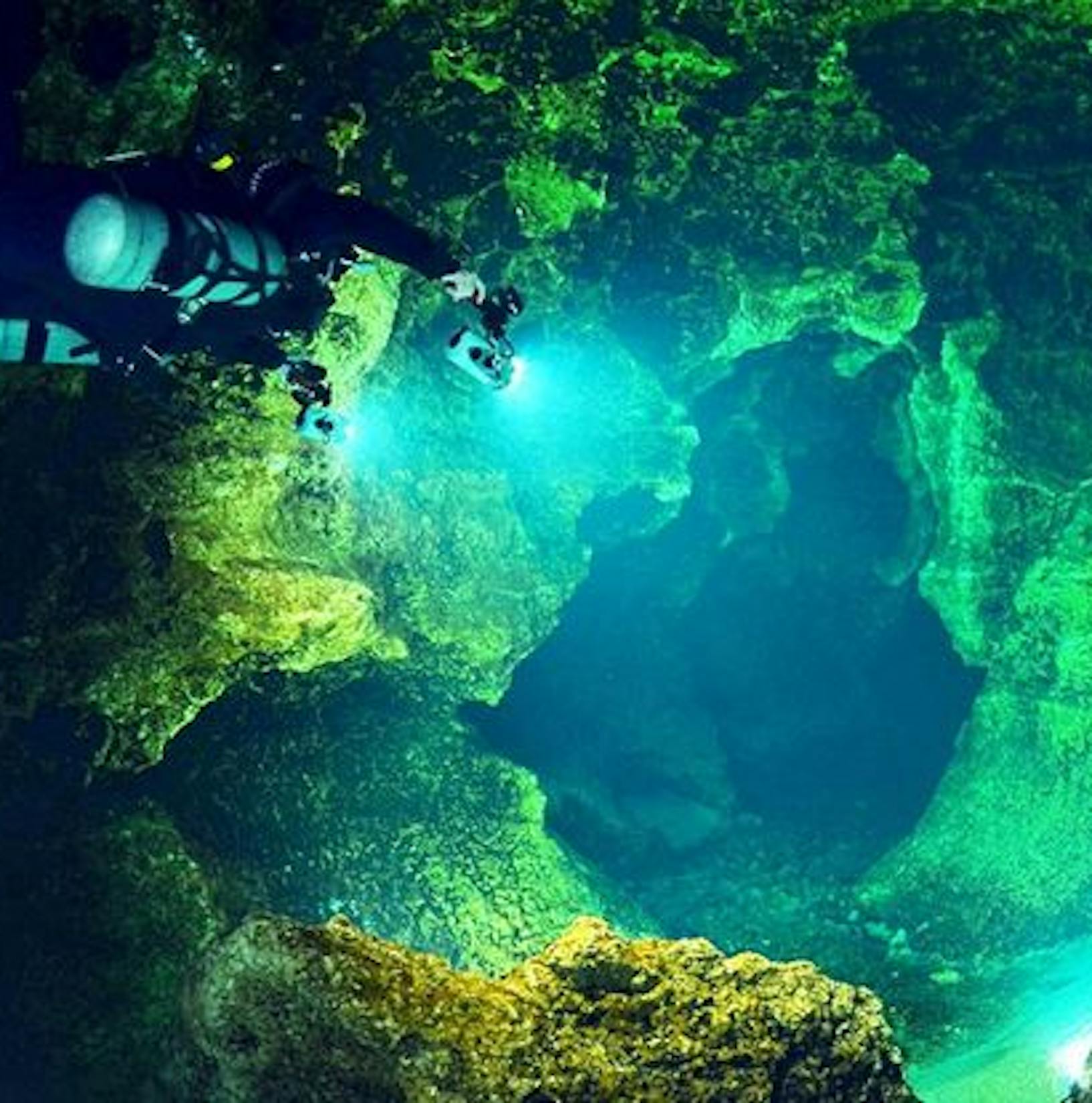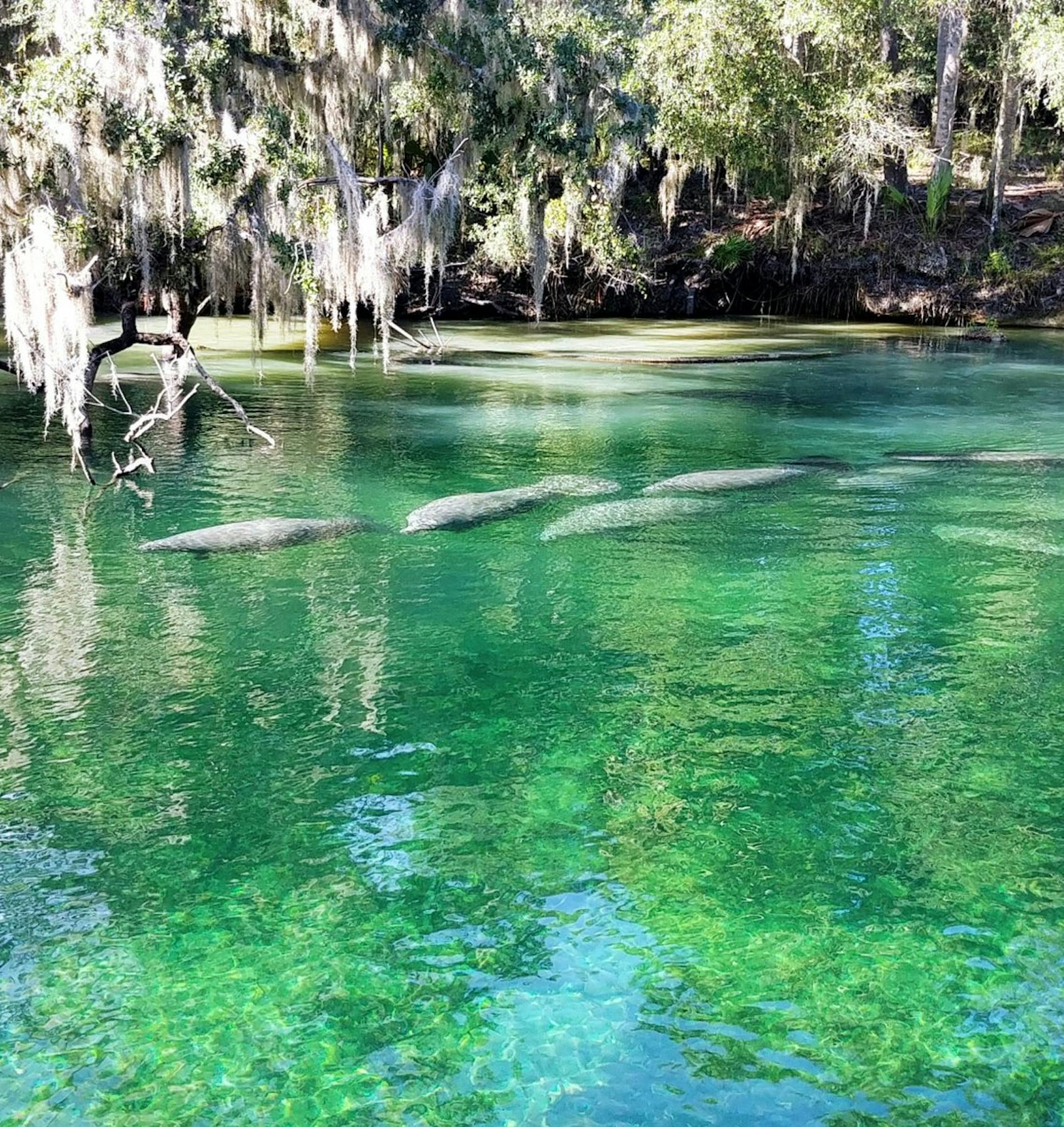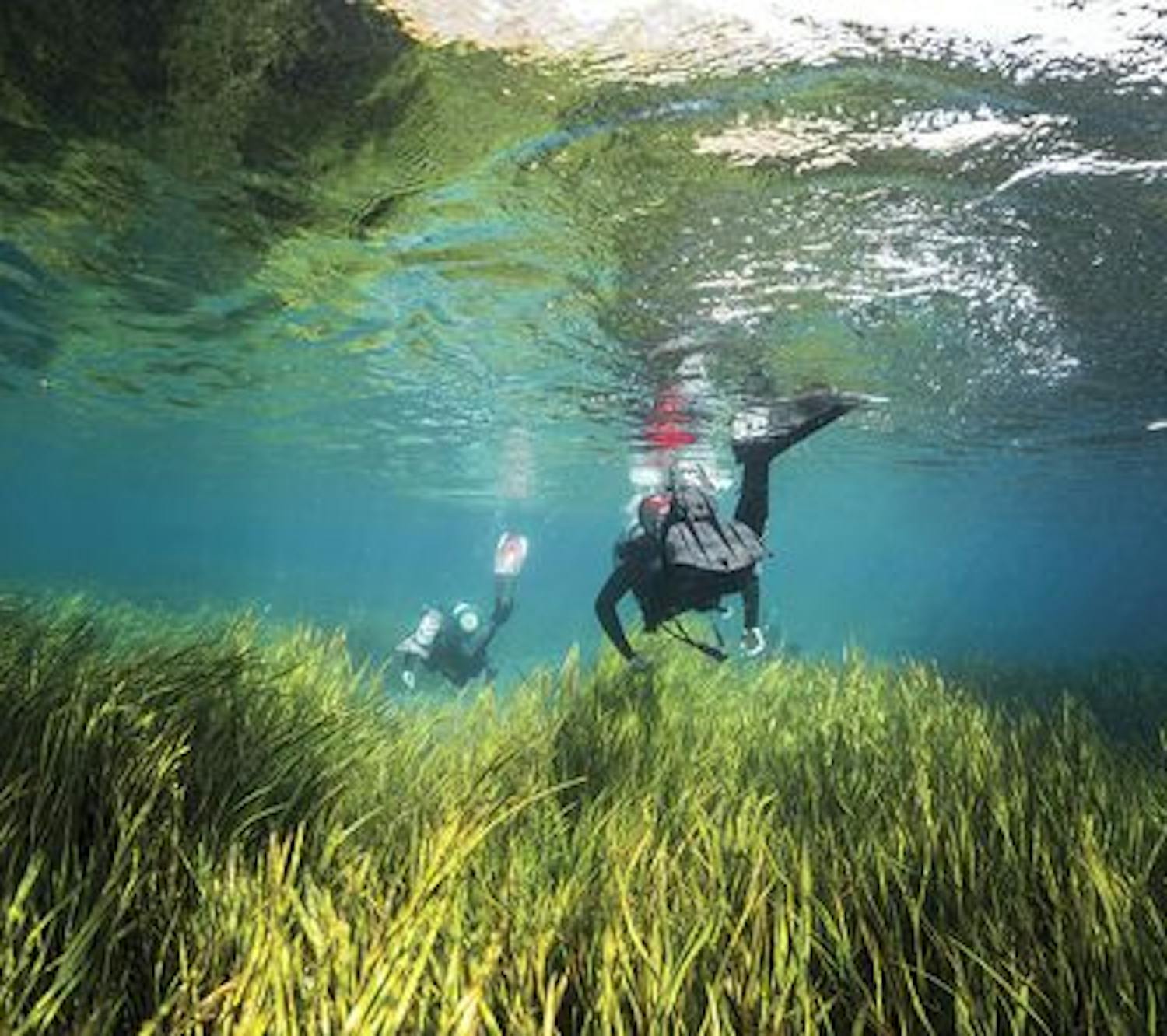Free Shipping on orders of $49+ | Signup for Direct Rewards
Free Shipping on orders of $49+ | Free Store Pickup | Signup for Direct Rewards
Free Shipping on orders of $49+ | Signup for Direct Rewards
Free Shipping on orders of $49+ | Free Store Pickup | Signup for Direct Rewards

Like the birds and Northerners, we continue our journey south for the winter, making a stop (or ten) through Central Florida. It’s no secret that Central Florida has some of the best dive spots in the world, and while the summer brings divers from all over to go diving through its clear waters and cavernous wonders, winter months are a time where you may enjoy these dive spots even more.
Central Florida’s freshwater springs maintain a steady temperature of around 72 degrees. In the summertime, getting into that pool of clear, blue water may cause you to take a deep, preparatory breath before jumping from the 90-degree air to the cool 72-degree waters. In the winter though, the water is much more ambient to the air temperature, even steaming at the surface in the morning hours. With a nice warm wetsuit, entering this water from the cool winter air will feel like a cozy welcoming home.
Aside from what’s below the surface, Central Florida also features some truly incredible nature scenery that you’ll get to explore on land as well, which is what makes this area perhaps the most unique scuba diving location in the entire state.
So grab your big bags for this trip because you’ll need to pack your dive gear, maybe some camping gear, some warm jackets, and that scarf your grandma knitted for you last year—it’s time to go on a winter dive through Central Florida.

Just thirty minutes NW of Gainesville lies a small town called High Springs that features an old world charm that feels long since forgotten in our current momentum towards modernism and skyscrapers. Want to feel like you’re traveling even further back in time? Say, a few millennia and beyond? Ginnie Springs will guide you deep into the earth’s past to reconnect with nature and her eternally evolving wonders.
A few perks that accompany exploring this location in the colder winter months: With school back in session and the cool air keeping the college kids in the cozy warmth of their dorms, we get to see less parties and more peaceful nature at this beautiful location. If you’ve been itching for a camping trip (and aren’t afraid of a little chilly weather), Ginnie Springs hosts some incredible campgrounds. After your dives, you can sit by a cozy fire, make some s’mores, and enjoy some bonding with your dive buddies and family. If you prefer a warm bed while enjoying nature, fret not, friends, this location offers some great glamping too with a warm cabin and cozy sleeping quarters (there is only one cabin so be sure to reserve in advance).
Ginnie Springs is arguably one of the most famous cave diving spots in the world. With a constant water temperature of 72-degrees and what Jacques Cousteau called, “Visibility forever,” any diver of any level will enjoy the underwater world at Ginnie Springs. Of course, it takes some special certifications to begin exploring the intricate webbing of tunnels and caverns through this spring system. But if you’re a practiced cave diver and you’ve got a buddy or two to go with you, please, go enjoy these porous spaces under our beautiful Florida landscape.
Do you want to know the best thing about Florida winters? No, it’s not the year round beach fun. No, it’s not not having to scrape snow off your car before you can leave your house… It’s the manatees, duh! Technically, manatees can be found in Florida all year. But manatees are very picky about their water temperatures. When the waters get too hot here in the summer, they head up north (sometimes as far north as Massachusetts!). When the waters get cold up there, here come the masses seeking out the low to mid 70s water temperatures of the Florida rivers, springs, and coastlines. So while you may see a few manatees here and there in the summer, the winter brings hundreds through these clear, beautiful waters and we are lucky enough to watch such fascinating migration.

Blue Springs State Park is in Orange City, Florida. This is about 45 minutes northeast of Orlando and about 40 minutes southwest of Daytona Beach. What a great way to get lots of exploring done in just a little bit of time. Care for a quick beach trip? Head to Daytona. Prefer to visit a world famous theme park? Scoot on over to Orlando. We just so happen to have our massive scuba gear store there too!
As I mentioned before, manatees prefer low to mid-70s for their habitat’s temperature. Since Blue Springs State Park stays a constant 72 degrees throughout the entire year, regardless of season, you’ll find it’s a hotspot for manatee hangouts. Manatees are extremely protected creatures and well loved here in Florida, so please, follow the rules and be respectful since you’re diving into their world. General rules regarding manatees while diving here in Blue Springs State Park include keeping at least a 50-foot distance from the animals. Seriously, don’t touch the manatees. Don’t even approach them. Just go on your dive and enjoy their presence from a distance. This is strictly enforced here.
Like Ginnie Springs, Blue Springs State Park does offer some cave diving, again, only for certified cave divers. As a heads up, this state park will not allow you to dive at all if you don’t have a dive buddy with you for each and every dive. So Divers, grab a friend and jump in!
For all you divers out there who are trying to stay closer to the West Coast of Florida, we highly recommend checking out both or either the Crystal River or Rainbow River dives. Both spots will be thriving with a copious amount of manatees,mermaid hair (an alluring feature for the manatees, most definitely), and shiny, wide-eyed fish. Rivers they may be, but because they are connected to an outpouring of natural springwater, they, too, remain a constant 72 degrees year round. Unlike the cave dives of the previous two locations mentioned here, these rivers reach around a maximum depth of about 25-30 feet, making them a treat for any level of scuba diver.
Crystal River and Rainbow River are less than thirty minutes away from one another and, while similar, they both have their own charming underwater world to experience. Both curious divers and hungry, migrating manatees will find a magical world waiting for them here. Take a drift dive down the Rainbow River or explore the fascinating springs alongside the Crystal River—either way, this will be a winter dive to remember.

In addition to your usual dive gear (BCD, mask, fins, snorkel, etc), you may want to keep warm in a nice 3mm full wetsuit. For women, the Mares Graph-Flex 3mm Wetsuit and the EVO Elite Blaze 3mm Wetsuit are both excellent options for diving Florida’s freshwater springs. Guys, you too, may enjoy the Mares Graph-Flex 3mm Wetsuit or EVO Elite Blaze 3mm Wetsuit. Some 2mm EVO Dive Boots will help to keep your feet warm on your dive as well.
Thanks so much for diving into another Florida scuba Diving adventure with us, Divers! As some of you may know, there are more than 700 freshwater springs throughout the Florida peninsula, so naming just these few is really only scraping the surface of the spring diving that can be done here. If you’re looking for even more springs to put on your to-dive list, visit our Great Dive Drive Blog on Central Florida Scuba Diving.
These waters feel a lot warmer in winter weather, so don’t pack away your gear to wait for summer, dive in now! Remember while you’re in the area to visit our Divers Direct Orlando location to stock up on all your dive necessities. Stay tuned for our next blog, diving deeper into South Florida on the hunt for the perfect winter dive spots.
What are overnight accommodations like at these locations?
Each of these sites, Ginnie Springs, Blue Springs State Park, and Crystal River have plenty of hotels and home rentals in their areas. Both Ginnie Springs and Blue Springs State Park have onsite camping facilities, and there are campgrounds surrounding the Crystal River area.
Are there alligators in the springs?
We’re in Florida, so there is always a chance of spotting an alligator somewhere around a body of water. The good news is that alligators don’t like to be around loads of people. They tend to like their peace and quiet and will prefer areas that offer just that. The likelihood of seeing a gator isn’t zero, but it’s not that high either.
What kind of wetsuit will I need for these dives?
Full suits are ideal for the water temperature that the springs hold. A good 3mm suit ought to do it, but if you tend to run cold, toss on a light dive vest to layer up or simply rock a 5mm suit. Booties are also recommended and hoods are up to each individual diver.
What sort of risks are there with spring diving?
There are potential risks with any dive adventure, but when it comes to Florida springs, your main risk will be the caves and caverns and potentially strong currents. If you’re not certified and unpracticed in cave diving, our best advice to you—don’t do it. You can still dive Ginnie Springs and Blue Springs without dipping into a cave and have a great time. If you are cave diving, always mind any warning signs along your route and, ideally, keep a dive buddy nearby. Blue Springs is actually insistent that you have a dive buddy at all times if scuba diving.
What are the differences between freshwater and saltwater scuba diving?
One thing we all learn in our open water scuba training is that saltwater is denser (thus, more buoyant) than freshwater. So your buoyancy might feel slightly different in the springs if you’re usually a saltwater diver. The other main difference will be the kinds of animals you’ll see. When diving in saltwater, you may see a variety of multicolored fish, large sea turtles, sharks, whales, and more. When diving in freshwater, the turtles are smaller (but just as adorable), the fish tend to be more neutrally toned with grays, blues, and browns, and rather than a shark, you may spot an alligator, and rather than a whale, you may cruise by a manatee (or 50!).